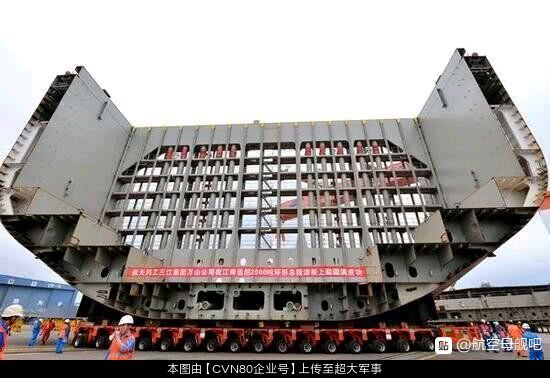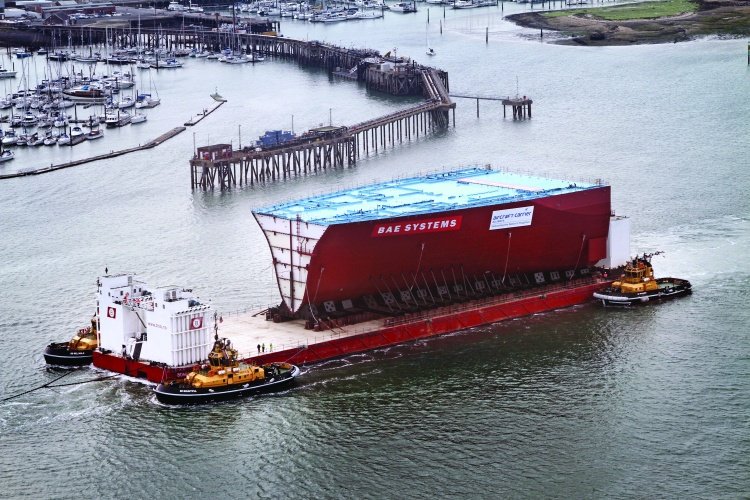I've always wondered why so many small modules are built. Why not put them together in half a hull. Now I know: to be able to transport them across the street, the modules couldn't be bigger.
Indeed ... for something like this. Would be interesting if we ever will see images of these modules on their way?

Last edited:




